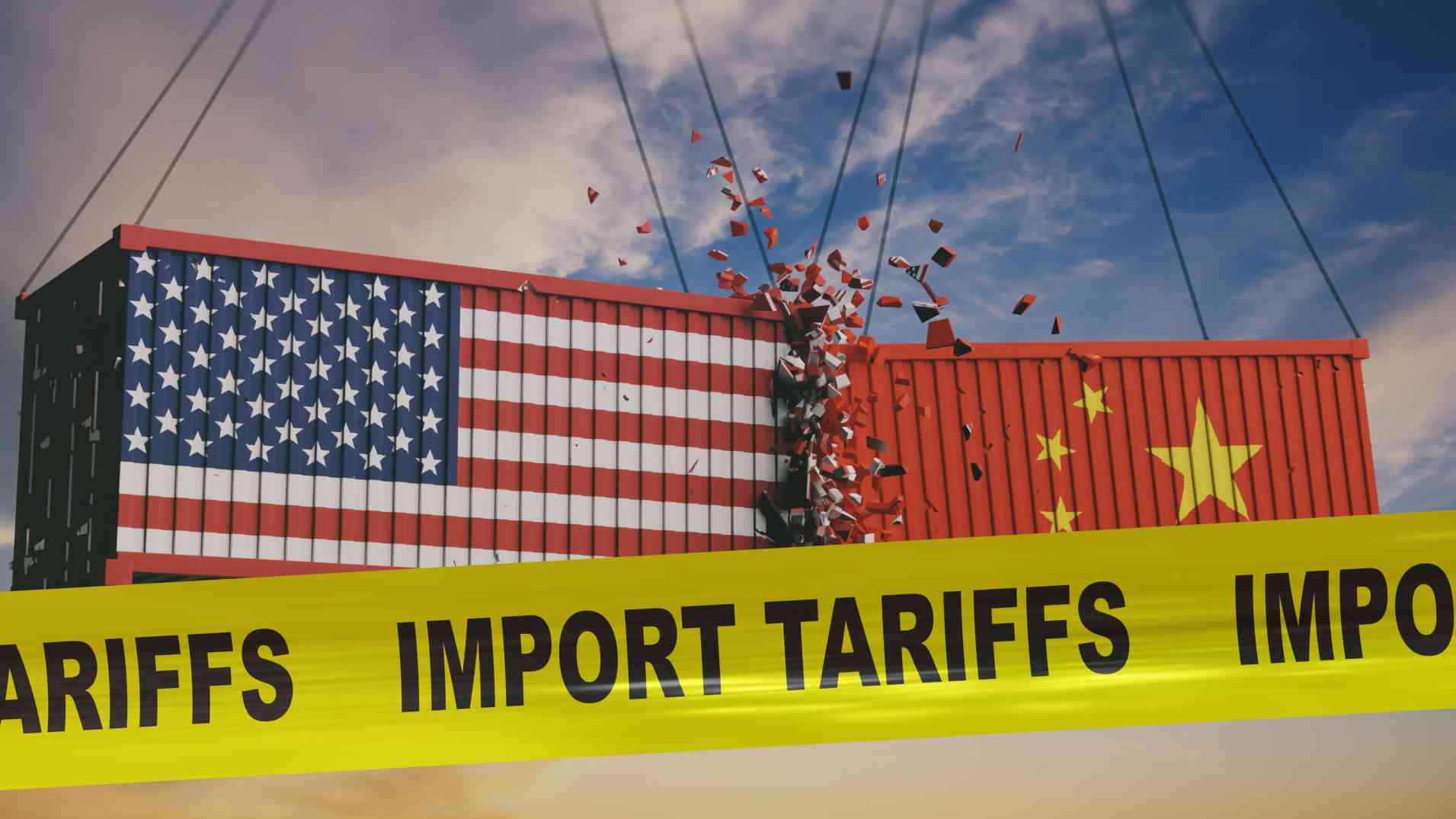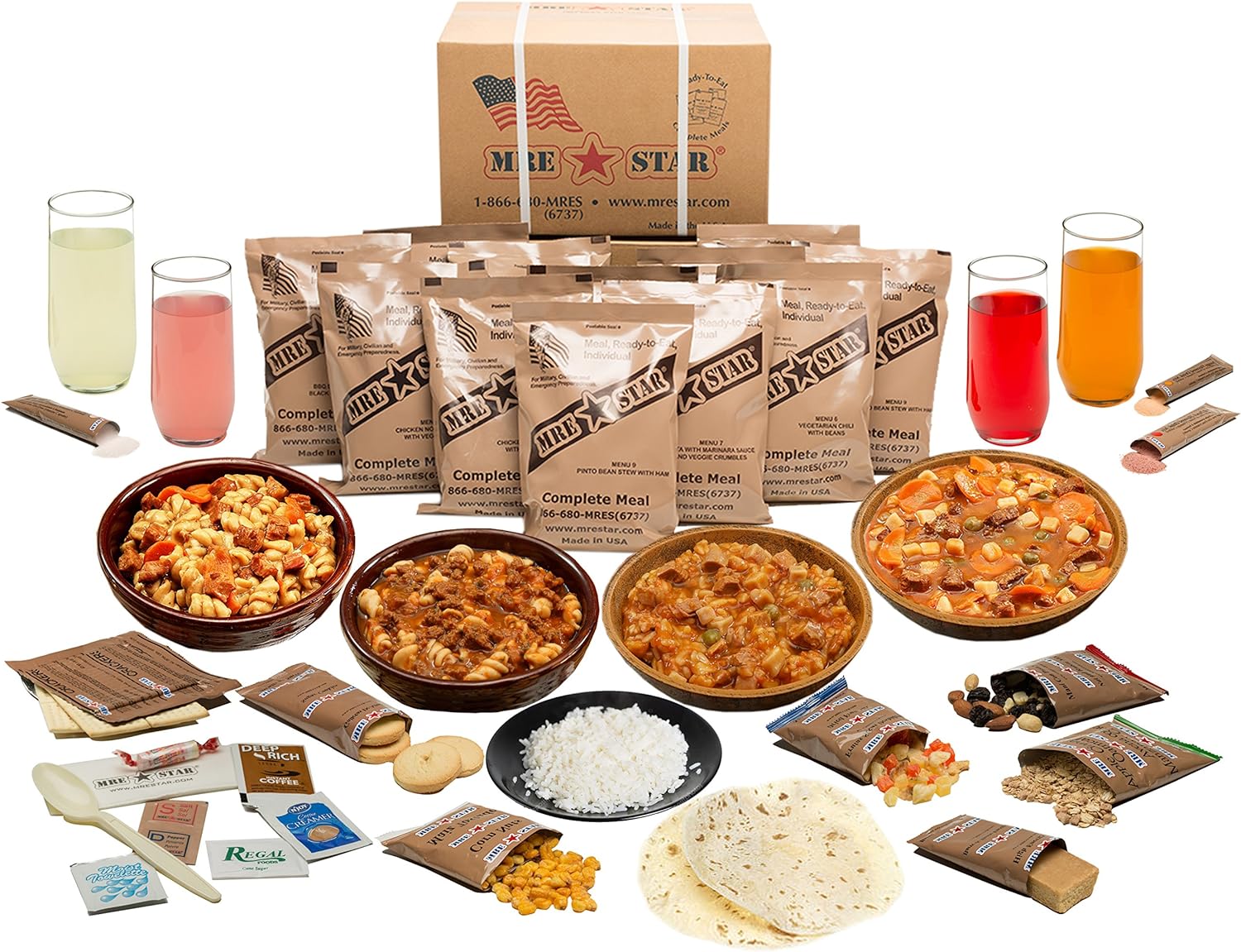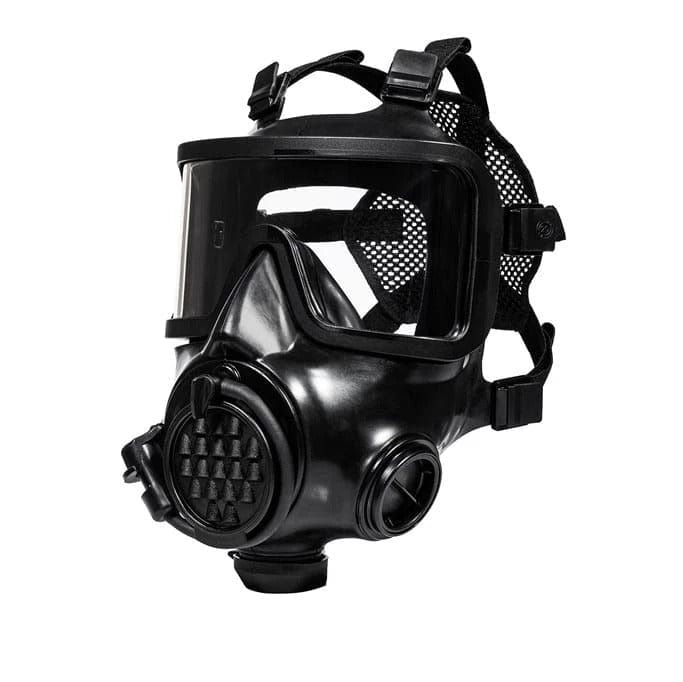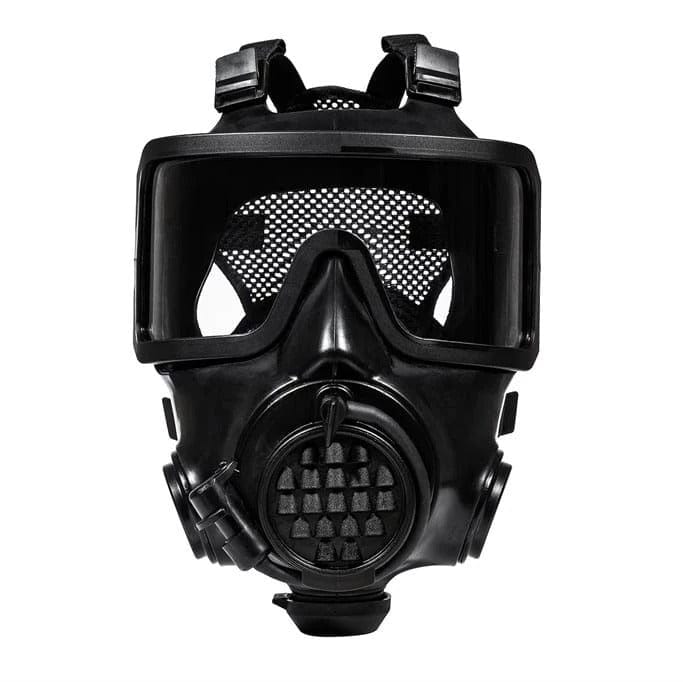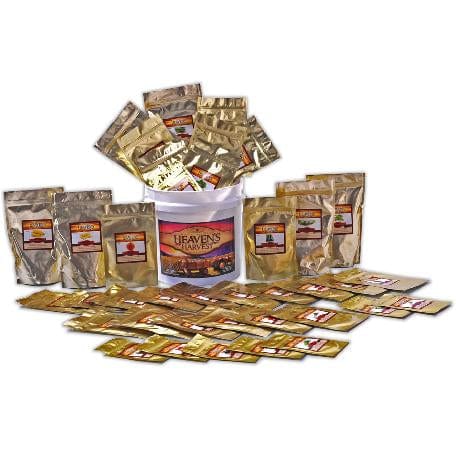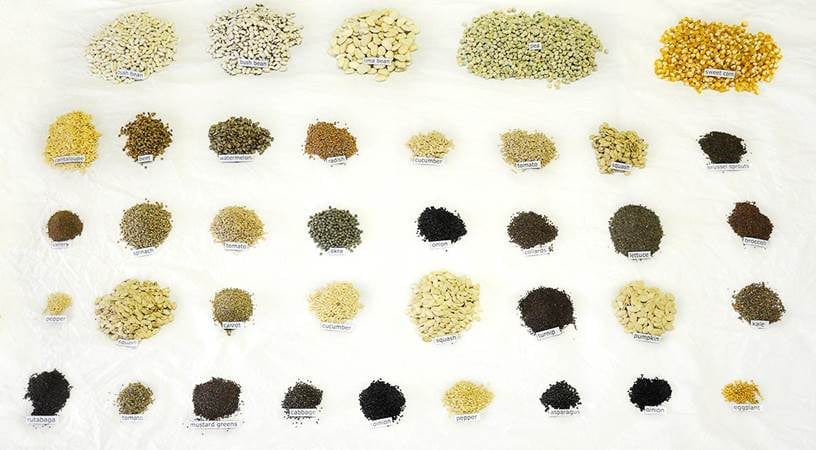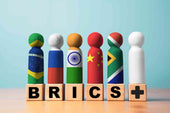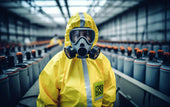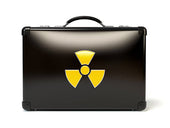
If you've ever tried to prepare an emergency kit or stock up before a hurricane, you know how quickly supplies vanish.
Now think of what happens when the nations that produce those supplies begin fighting among themselves.
That's what the U.S. and China have been doing for the last few years. And it's not just some political din in the background. It gets where it gets when things go south.
In 2018, the U.S. started imposing higher taxes—called tariffs—on products coming from China.
China did the same in return. What started as a trade disagreement quickly became a long and tense standoff. It affected all kinds of goods, not just electronics or cars.
We're talking about medical gloves, antibiotics, basic first aid gear, batteries, and even parts for ventilators. A lot of this stuff is critical when disasters strike.
Why should this be important to folks who want to be prepared?
Because most emergency supplies aren't made in one country, they travel through complex supply chains and sometimes return to China.
When tariffs rise or trade slackens, shipments get held up, prices increase, and shelves remain bare longer than necessary.
The real issue is this: If the U.S. and China continue to be at odds, emergency aid could get caught in the middle. That would put regular people in harm's way when they can least afford it.
In a world filled with wildfires, storms, pandemics, and power outages, we require steady and consistent access to the equipment that protects us. Anything that disrupts that is a concern.
The Strategic Role of Emergency Supply Chains
What Emergency Supplies Actually Mean
When we discuss emergency supplies, we are not referring to what gets placed in a bug-out bag. We are referring to the actual life-saving items.
This includes pharmaceutical imports, personal protective equipment such as masks and gloves, clean water filtration systems, backup power generators, and the components that keep ventilators functional.
People and hospitals depend upon these types of equipment in a national emergency.
The mechanism that transports these supplies from place to place is referred to as a supply chain. When such a mechanism functions, individuals receive what they require.
When the mechanism fails, individuals are left waiting and in misery. For this reason, emergency supply chains are more important than most people acknowledge.
Who Keeps These Supplies Moving
Emergency supply chains depend on an entire network of individuals. That means governments, private industry, nonprofits, and even assistance from other countries.
Agencies such as Homeland Security, FEMA, and military logistics units are engaged, as well as international organizations such as the Red Cross or the World Health Organization.
The most important thing to remember is this. These chains rely on the international economy.
We are referring to products that flow across borders, pass through ports, and are connected to trade deals and production centers around the globe. That system is operating at full stretch right now.
How the US-China Tariff War Could Disrupt Emergency Supply Chains
In 2018, the Trump administration confronted China with a broad array of new tariffs.
The plan was to stimulate American manufacturing, cut the U.S. trade deficit, and pressure foreign firms that sell to the U.S.
President Trump maintained that the U.S. had the world's most unbalanced economy and that these actions were needed to correct it.
China retaliated by announcing retaliatory tariffs. Those so-called reciprocal tariffs hurt American products severely.
This marked the start of a serious trade war that impacted nearly every aspect of the world trading system.
Emergency supplies were not spared. Anything from pharmaceutical imports to batteries and medical equipment became more difficult to transfer and costlier.
This is where things become risky. When tariff levels increase, they hinder the movement of commodities, increase costs, and confuse.
Supply chains that were strained in the first place become volatile, and that is the last thing we want during a crisis.
COVID-19 Showed Us the Risks
In the initial wave of COVID, the weaknesses in the system were apparent. Nations were scrambling for PPE, medical supplies, and vaccine raw materials.
However, due to the intensifying trade war, supplies were delayed or stranded. Some were locked up in international markets, some in ports, and some simply halted by export bans.
The world economy could not cope. The World Trade Organization issued warnings of more serious harm. Even the financial markets and stock market responded to the mayhem.
It was a brutal reminder that a full-blown global trade war can play with the very supplies that save lives.
President Donald Trump talks frequently about achieving a balanced negotiated result.
But in the real world, where time is precious, a delay due to trade barriers or an unexpected policy change can be fatal. This is not theory. It occurred, and it may occur again.
Anatomy of the US-China Tariff War

How It Began and Where We Stand Today
Back in 2018, the Trump administration launched what is now referred to as the U.S.-China tariff war.
The motive was to reduce the nation's trade deficit and restore jobs related to manufacturing to the U.S.
President Trump and his administration felt that China was exploiting the global system of trade and that it was time to retaliate by imposing new tariffs on Chinese imports.
So, President Donald Trump started increasing tariff rates on hundreds of billions of dollars' worth of products.
These ranged from steel and aluminum to electronics and machine components. Soon enough, China retaliated with its own list of tariffs, targeting American exports such as soybeans, automobiles, and medical equipment.
Since 2018, this battle has continued. It has escalated from a mere trade dispute to a full-scale trade war, one that affects the global economy, global markets, and even financial markets such as the stock market.
It is a pattern of hit and hit back, with no balanced negotiated solution on the horizon.
Critical Supplies Got Caught in the Crossfire
What most people do not understand is that this growing trade war has impacted critical supplies during national crises.
We're discussing electronics applied to hospital equipment, materials used for pharmaceutical imports, and components for medical equipment that individuals utilize when a calamity hits.
Due to the tariff system, most of these products are more expensive or take longer to reach the individuals who require them.
Despite being critical in disaster relief, some of these products were subjected to a significant tariff. This is one obvious manner in which the US-China tariff war may interfere with emergency supply chains.
Who Else Is Affected
Large multinational corporations, such as those in the automotive, tech, and pharmaceutical sectors, have been forced to reinvent how they conduct business.
Most are moving away from global supply chains anchored in China and rushing to establish new facilities elsewhere in countries such as Vietnam or South Korea.
But time is required for this to occur, and for that time, shortages and delays are a very real threat.
Manufacturers and logistics companies now have more trade barriers, uncertain trade policy, and ongoing concern about abrupt changes.
Some foreign businesses have withdrawn from the U.S. markets entirely. Even China's commerce ministry and the European Union have complained about the long-term harm this is causing to the global trading system.
Disruption Channels in Emergency Supply Chains

Expenses Increase, Supplies Slow Down
One of the initial and largest issues with the U.S.-China tariff war is how it increases the expense of life-saving equipment.
When President Trump imposed additional tariffs on Chinese imports, prices of such things as N95 masks, face shields, and life-saving drug ingredients increased dramatically.
That is not politics. That is, your hospital is paying double the amount for the same mask.
The Trump administration said its goal was to repair the country's trade imbalance and stimulate American manufacturing.
But in practice, it meant imposing additional costs at precisely the wrong time. The greater the tariff levels, the more difficult it becomes to stockpile during a national emergency.
Pharma imports were clobbered with big tariffs, and that is affecting not just hospitals but all of us who prep and rely on access to medications when the shelves are empty.
Delays at Every Turn
Tariffs don't only increase prices. Tariffs slow everything down.
Customs now takes longer. Goods marked under retaliatory tariffs or caught in a tariff regime are subject to hold-ups and inspections.
Some suppliers even began taking longer shipping routes to get around the mess. This is not hypothetical. This is how the US-China tariff war can disrupt emergency supply chains in real time.
It once took days to receive vital parts or equipment from abroad. With trade barriers and tensions today, some orders are delayed for weeks.
In a crisis, weeks are the difference between being prepared and being in trouble.
Shifting Production Takes Time
Businesses aren't oblivious to the risk. Many of them are attempting to relocate operations from China to South Korea or Vietnam. But it is not an overnight process.
It is costly and slow. During that period, while they establish themselves, the previous system operates—the strained, shaky one.
Large manufacturers, particularly in related sectors like health tech and pharmaceuticals, are hurrying to redo supply chains.
But change on this scale in a global supply chain comes with its own set of issues. More complexity. More leeway for mistakes.
And more danger for the rest of us who rely on those systems when national security is in question.
Too Much Dependence on One Source
COVID taught us how delicate everything actually is. The entire global economy was relying too heavily on one primary supplier—China.
And when the trade war began, that overreliance became a huge vulnerability.
With foreign firms now caught between US tariffs and China's commerce ministry, the danger has never been more apparent.
We are playing a risky game by chaining our emergency networks to a single pipeline. Any hiccup, from a global trade war to a factory blaze, sends shockwaves through the entire international trading system.
It All Adds Up
Look, whether it is a tweet from President Donald Trump or a new regulation from the United States Trade Representative, every choice in this economic policy lands somewhere.
For preppers, survivalists, and anyone with a family to keep safe, that somewhere is our storage bins, medicine cabinets, and backup supplies.
The global downturn caused by these actions, the financial market turmoil, and even the warnings from the World Trade Organization all point to the same thing.
We are in a world where supply chains can snap quickly.
And the president's tariffs, the so-called reciprocal tariffs, and the constant tit for tat with trading partners like the european union, they are just additional pressure on a system that is already cracking.
Why It Matters for Preppers and Everyday People
This is the bottom line. When the U.S. trade representative talks about new tariffs or President Trump posts a tweet about winning the tariff war, those choices trickle down to where we live.
They determine whether we can get antibiotics or whether a hospital has enough gloves. They also determine the nation's capacity to act quickly in a crisis.
If the trend continues and President Trump imposes higher tariffs or rolls out new trade agreements under a tighter tariff regime, the strain on global supply chains will worsen.
That translates to shortages, longer waits, and more people getting caught in the middle.
Individuals who organize are more aware than anyone of how quickly the shelves become bare when something breaks down.
That is why we should all be concerned about how the US-China tariff war may upset emergency supply chains. It is not merely a matter of policy; it is life or death.
The Way Forward: Geopolitics and Resilience
Considering how the US-China tariff war may interrupt emergency supply chains, we must confront an unpleasant reality.
The sustained pressure to decouple U.S. and China trade linkages, widely referred to as decoupling, may backfire at times of need.
Of course, patriotic interests are involved. But during an emergency, excessive disconnection can slow down the delivery of necessary aid, even when people are on the precipice.
All this began to worsen during President Donald Trump's presidency, when the U.S. initiated a wave of tariffs to correct what it described as the most unbalanced economy and lower the country's trade deficit.
That began a full-blown trade war, rocking financial markets, eliciting retaliatory tariffs, and applying pressure to global supply chains that all countries rely on.
The outcome was a ballooning trade war that involved far more than just China and the U.S. Trading partners such as the European Union, South Korea, and other nations were all drawn into the fray.
But here's the catch. Even when the US and China are competitors in the international economy, there are times when they must collaborate.
Due to trade disputes, disaster areas, health crises, and crisis areas do not have time to wait. In terms of delivering life-saving goods, the global and international trading systems must remain unencumbered and impartial.
That is, the World Trade Organization, the United States Trade Representative, and the other big players must all agree that emergency goods are given a free pass.
There are no barriers to trade, no reciprocal tariffs, and no politics. This is not about trade policy or about winning points on the stock market. It is about human lives.
If we desire a future in which politics or tariffs do not hold our country's capacity to respond quickly hostage, we must balance better.
One that preserves national security, maintains the us economy, and still respects the fundamental necessity for humanitarian access.
When the next national emergency strikes, nobody wants to be waiting on late shipments of medicine because of a tweet from years ago or a terrible social media post.
Conclusion: For Preppers and Everyday Survivors
For those of us who plan for the worst-case scenario, there is always the big picture: Can we procure what we need when things become worse?
Something that may simply be another case of trade disruption is a serious threat to survival.
That's why the US-China tariff war can break our emergency supply lines, and it is something that we cannot brush aside.
This is not politics. Tariffs strike and prices rise. Supply chains clog, and key equipment vanishes. We notice masks, medicine, fuel, or water filters first.
And as the trade war continues, with the Trump administration raising tariff rates and China striking back with retaliatory tariffs, the fissures in the international trading system keep widening.
When President Donald Trump levied the initial round of U.S. tariffs, the aim was to drive down the nation's trade deficit and spur American manufacturing.
Instead, what ensued was a trade war that spiraled out of control. Supply chains became knotted.
Foreign firms stalled, and delays mounted. For folks like us who monitor how to be prepared for a national emergency, that doesn't bode well.
We've already seen panic and shortages in action during COVID. Now, consider that in the event of a catastrophic disaster or a national security emergency.
If the global economy suffers another blow, if the international trading system collapses under strain, we will be the ones experiencing bare shelves, hyperinflation, and long delays for essential supplies.
The prepper takeaway is straightforward: Be prepared. Pay attention to what the United States Trade Representative and China's Commerce Ministry are doing.
Observe how financial markets and international supply chains are changing because survival is not just about equipment but access.
When that access is impeded by new tariffs or broken trade agreements, the consequences are devastating.
The world is in turmoil. The best we can do is inform ourselves, prepare ourselves, and never assume the supply chain will be there when needed.

